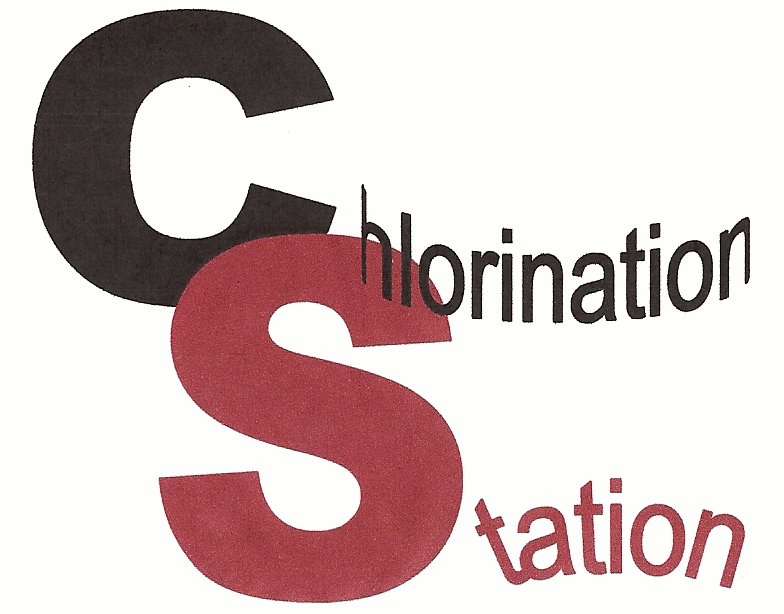"Simply" the Best
Chlorine Facts
Sodium Hypochlorite
Chlorine may be supplied as sodium hypochlorite (NaOCI), otherwise known as liquid bleach. Sodium hypochlorite can be generated from sodium hydroxide and chlorine, or it can be generated electrolytically from brine. Sodium
hypochlorite can be manufactured on site, or it can be purchased in liquid form generally containing 3 to 15 percent available chlorine. Decay of the original product will occur as a result of exposure to light, an increase in temperature,
or because of concentration of the compound. Product decay occurs more rapidly at higher concentrations; therefore sodium hypochlorite is typically stored as a 5 percent solution of available chlorine. Sodium hypochlorite should
be stored at temperatures below 85 degrees Fahrenheit in a corrosion-resistant tank. Sodium hypochlorite is the most expensive of the three forms of chlorine compounds. It produces a free chlorine residual, and forms chloramines and
chlorophenols. Sodium hypochlorite is safer to handle than gaseous chlorine, and can be generated and stored on site.
hypochlorite can be manufactured on site, or it can be purchased in liquid form generally containing 3 to 15 percent available chlorine. Decay of the original product will occur as a result of exposure to light, an increase in temperature,
or because of concentration of the compound. Product decay occurs more rapidly at higher concentrations; therefore sodium hypochlorite is typically stored as a 5 percent solution of available chlorine. Sodium hypochlorite should
be stored at temperatures below 85 degrees Fahrenheit in a corrosion-resistant tank. Sodium hypochlorite is the most expensive of the three forms of chlorine compounds. It produces a free chlorine residual, and forms chloramines and
chlorophenols. Sodium hypochlorite is safer to handle than gaseous chlorine, and can be generated and stored on site.
Calcium Hypochlorite
Chlorine may also be supplied in the form of calcium hypochlorite, Ca(OCI)2, either wet or dry form. High grade calcium hypochlorite contains at least 70 percent available chlorine, and is readily soluble in water. It is a strong oxidizer
and is extremely hazardous. Calcium hypochlorite tends to be unstable and therefore should be stored in a dry place inside a corrosion-resistant container in order to reduce product breakdown. Like chlorine gas and sodium
hypochlorite, calcium hypochlorite breaks down into free chlorine residuals and will react to form chloramines and chlorophenols. Calcium hypochlorite is more expensive than chlorine gas and will degenerate as a result of storage. Calcium hypochlorite also crystallizes and can clog pipes, pumps, and valves.
and is extremely hazardous. Calcium hypochlorite tends to be unstable and therefore should be stored in a dry place inside a corrosion-resistant container in order to reduce product breakdown. Like chlorine gas and sodium
hypochlorite, calcium hypochlorite breaks down into free chlorine residuals and will react to form chloramines and chlorophenols. Calcium hypochlorite is more expensive than chlorine gas and will degenerate as a result of storage. Calcium hypochlorite also crystallizes and can clog pipes, pumps, and valves.



























